Table of Contents
Comparative Study of Gandhi and Tagore- Educational Philosophy:
Points of Similarity:
Both as Idealists:
Both Gandhi and Tagore are idealists in educational philosophy. Both have firm faith in God. To them, God is the Ultimate Reality and Supreme Ruler. Both assert that the ultimate aim of life should be the realization of God. They have faith in the absolute values and in the realities that persist and beauties that never fade.
Both as advocates of child-centred education:
Both Gandhi and Tagore are in favor of child-centered education. They respect the individuality of the child. Education is meant for the child and child is not meany for education.
Both as advocates of life-centred education:
Both Gandhi and Tagore lay emphasis on life-centered education. They hold that education is a life long and continuous process. Education should help children in understanding and solving the problems of life. The school should have the environment and programme in such a manner as to capture the spirit of life. They believe that a curriculum should provide opportunities for the expression of individual and community life.
Both as advocates of activity methods:
Both Gandhi and Tagore are in favor of activity methods. They base education on constructive and creative activities. They do not like mere verbal instruction.
Both believe in hand work:
Both Gandhi and Tagore assign an important place to handwork or craft. While Gandhi emphasized the social and economic aspect of handwork, Tagore emphasizes the creative and artistic aspect of handwork. Gandhi’s basic scheme envisages that properly organized craft-centered education would break social barriers, teach the dignity of labor, increase the productive capacity, and would give concreteness and reality to the knowledge. Tagore gives expressional forms like art, music, drawing, and dramatics to this concreteness of knowledge.
Emphasis on mother-tongue:
Both Gandhi and Tagore stress that mother-tongue should be the medium of instructions. They believe that no real education is possible through a foreign medium. The foreign language stifles originality, puts undue strain on the nerves of our children, and make them only crammers. On the other hand, the mother-tongue will help the child to think quickly, to express freely, and to bring out the clarity of ideas. It will introduce the child to the rich heritage of his ancient culture.
Moral Education:
Both Gandhi and Tagore attach importance to moral education. They want to make the children religious and moral. They do not teach them verbally to be moral, but they believe in moral education through practice. They let them live morally and religiously. They are broad-minded in religious views. Both are saints. Gandhi holds that the fundamentals of all great religions should be made the basis of religious education.
Faith in Democracy:
Both Gandhi and Tagore believe in democracy. They are democrats. They do not teach democracy through verbal lessons. They hold that we should let our children live democratically.
Faith in creative discipline:
Both Gandhi and Tagore believe in a creative discipline. Discipline is entirely in Gandhi’s Basic Education as well as in Tagore’s Vishwa Bharti. The freedom of children should not be restricted by harsh and strict rules. Both educators favor self-discipline. They do not allow punishments or prizes in their systems of education.
Both intend of revolutionize society:
Both educators want to reorganize the existing society. They were anxious to establish a spiritual society based on the principle of love, non-violence, truth, justice, and equitable distribution of wealth. They hold that such a society will be free from any kind of exploitation- social, political, economic, or religious. Service of all should be the first fundamental of every human being.
Points of Difference:
Difference in aims:
Although both Gandhi and Tagore are idealists, yet they differ in the aims of education. Gandhi lays emphasis on the all-round development of the child while Tagore lays stress on higher values and ideas only. Gandhi stands for the education of the common man while Tagore wants to produce saints. Gandhi aims at producing useful members of the society while Godliness is the goal before Tagore. Hence Gandhi is more practical.
Difference as regards the emphasis of nature:
Tagore lays more emphasis on nature. He holds that education should be according to the inner nature of the child and also according to the laws of nature. He, therefore, says that children should develop in accordance with their own nature. He advocates that children should be taught in contact with nature. They should be encouraged to learn freely and spontaneously from the book of nature. Through this contact with nature, they will be introduced to the great world of reality. On the other hand, Gandhi does not lay so much emphasis on nature. He says that craft and other activities of the children should be according to their inner nature and interest. But he emphasizes the social and economic aspect and is not worried about nature and its laws.
Difference as regards the scope of community:
Gandhi keeps the child in contact with the community. The Basic School is the center of the community. Children get the raw material from the community and return finished products through the process of the craft. Social life is an established fact before Gandhi. He does not live in a dreamland. On the contrary, Tagore does not bother about the community and social interaction. Like Rousseau, he runs after the brooks and rivulets, the hills and vales, the groves and lakes for the purification and sublimation of the child.
Difference as regards modes of expression:
Both Gandhi and Tagore believe in the theory of development through the individual expression of the child. But they differ as regards the modes of expression. Gandhi provides this expression and learning through some productive craft. Tagore provides for expression through fine arts only. Music, dance, painting, stone carving, and various other fine arts and creative activities are the centers of education in Shantiniketan while importance is attached to craft in Basic education.
Difference as regards to national culture:
Both Gandhi and Tagore love their national culture and civilization but they differ to the extent. Gandhi devised his scheme of education strictly for Indian children. He planned education according to the needs of Indian society and Indian culture. But Tagore had a much broad vision. Though he was also a true lover of Indian art and culture, he wanted to bring about harmony between the east and the west. His scheme of education therefore included western art and literature as well. Thus he endeavored for the fusion and harmonious synthesis of all the cultures. He was out and out cosmopolitan in views. His Shantiniketan is a cosmopolitan educational institution.
Difference as regards the stage of education:
Gandhi only devised a scheme of education from small children up to the age of fourteen. Tagore, on the other hand, went up to the university level and included in his scheme of education, advanced studies in art and literature.
Difference as regards the aspect of self-sufficiency:
While Gandhi stressed the aspect of self-sufficiency in his scheme of education. Tagore had no such notion. Gandhi wished that his scheme of education should be able to cover the running expenditure of the school. He further held that an institution should be self-sufficient, as a whole, and when a student leaves it, he should also be self-sufficient. In the words of Gandhi, “Education ought to be for them a kind of insurance against unemployment. On the other hand, students in Shantiniketan, no doubt run their own dairy farm, their own post-office, hospital, and workshop; they also go to villages for social service. But along with learning, earning is not their aim.
Difference as regards the extent of freedom:
Although both Gandhi and Tagore favor freedom of children yet there is a difference regarding the extent of freedom. Tagore demands full freedom of the child, Gandhi restricts the activities of the children to the productive craft only.
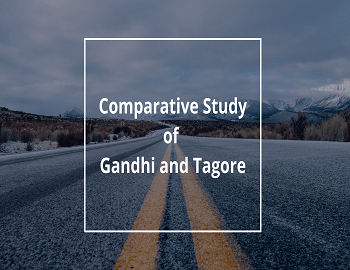
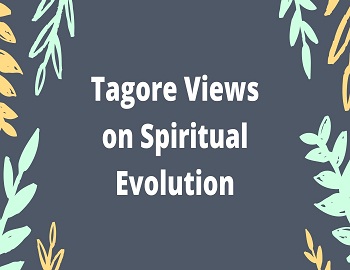
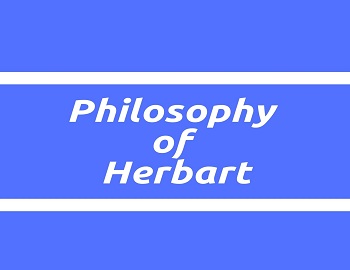
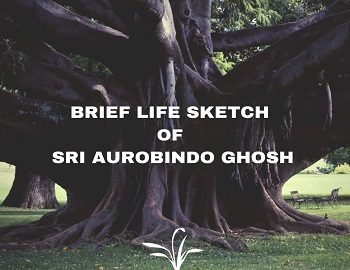
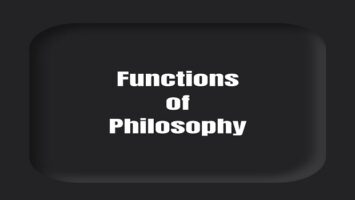

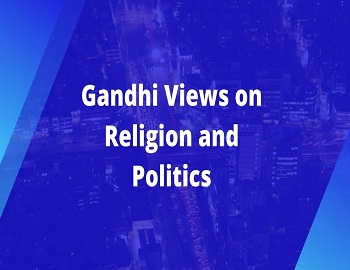
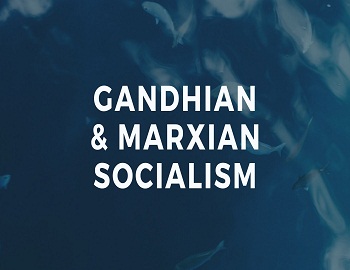
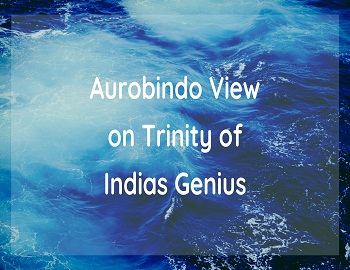
Comments (No)